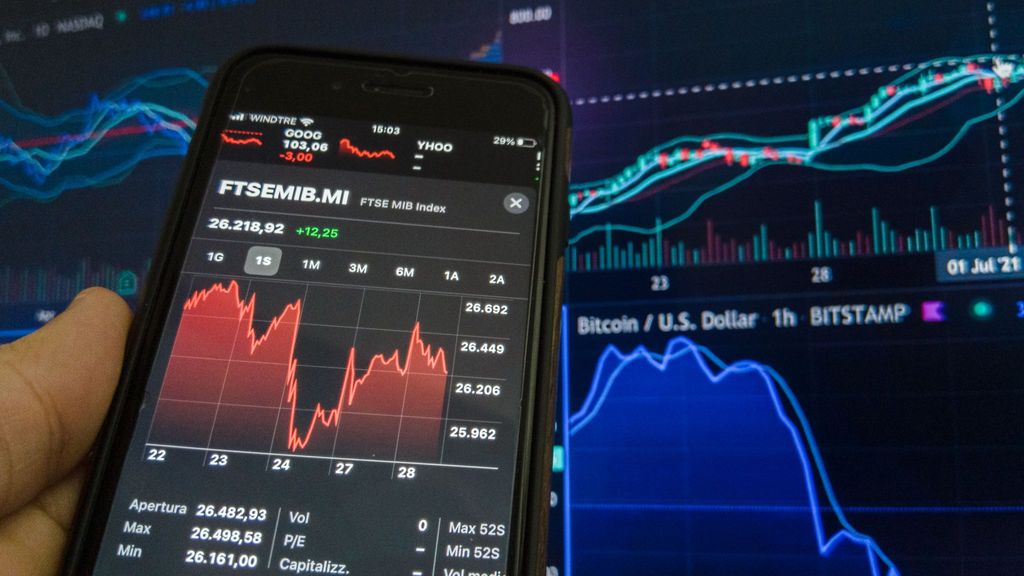
While commenting on an opinion piece by Bloomberg on Professor Tyler Cowen’s argument, where he opined that they yellow metal has become a cyclical asset and is no longer a useful harbinger of social and economic collapse, Otavio Costa, the portfolio manager at Crescat Capital disagreed with the notion by saying; “It is completely backward-looking and dismissive of what appears to be the early stages of gold re-emerging as the ultimate haven asset. Given the dire levels of global debt, foreign central banks are compelled to prioritize enhancing the quality of their international reserves to support their monetary systems,” said Costa in his tweet.
The expert pointed out that the central banks function similarly to traditional businesses that require high-quality assets on their balance sheets to establish financial stability.
“Ultimately, other notable institutions such as pension and endowment funds will likely follow suit. By the end of this decade, conventional 60/40 portfolios will probably become much more balanced with the inclusion of other asset classes like gold,” said Costa.
Central banks have been increasing their holdings of gold in their reserves in recent times — they added a whopping 1,136 tonnes of the yellow metal to their stockpiles in 2022, which is by far the most of any year in records going back to 1950”, said a Reuters report published in February, citing the World Gold Council.

On the price Action, gold was trading 0.28% lower during Friday’s Asian trade at $1,902 per ounce in the wake of strong U.S. economic data and Federal Reserve, where Chair Jerome Powell asserted the need to be two more rate hikes to bring inflation under control.
The SPDR Gold Trust fell 1.4% in the last five days while the iShares Gold Trust lost 1.39% during the period.
“Inflation pressures continue to run high, and the process of getting inflation back down to 2% has a long way to go,” said Powell.
Edited by Eunice Anyango Oyule and Judy J. Rotich







